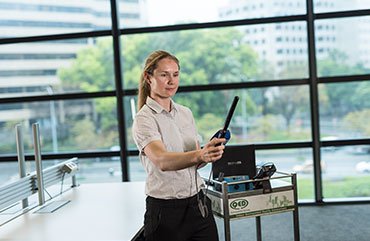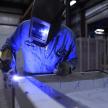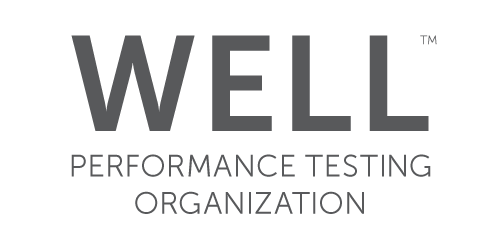
26th
A Guide to Office Building Quality by Property Council Australia
By Joe Scholz, Director, QED Environmental Services
The Property Council of Australia has published the third edition of A Guide to Office Building Quality and among the many notable improvements, metrics for indoor environment Quality (IEQ) have been advanced, now aligning with GreenStar or NABERS.
This third edition (last published in 2012) is the culmination of two years of research and contribution by industry participants.
The Guide is a voluntary market-based approach to classify Australian office buildings based on parameters and criteria that typically influence perceptions of building quality held by occupants and investors. The existing classifications are Premium, Grade A, Grade B and Other.
The Guide is not a rating tool and the Property Council does not publicly classify buildings, though building grades arising from this Guide heavily influence perceptions and pricing of office assets.
Rather the Guide describes the “optimal mix” of features that differentiate building performance and while it is not necessary to achieve every parameter nominated in the Guide in order to qualify for a certain grade, it is anticipated a building will overwhelmingly meet the stated criteria of that grade.
The Guide is divided into two tools:
- New Buildings (with development approval after July 2019) and;
- Existing buildings (all other buildings)
Within the Environmental section, there is a strong drive toward Green Building Council’s Green Star – Design & As Built and the grading of New Buildings is strongly influenced by the achievement of Green Star credits for:
- Environment
- Energy
- Water
- Waste
- IEQ
- Climate Change Adaption and Resilience
For existing buildings it is a mix of Green Star Performance – in relation to Environmental Rating and Waste – and NABERS for Energy, Water and Indoor Environment.
For the indoor environment, the table below highlights the different minimum requirements as they relate to Green Star and NABERS:
| Premium | Grade A | Grade B | |
New Buildings (percent of IEQ points under Green Star Design & As Built) | Min 70%* | Min 60%* | Min 50% |
Existing Buildings (NABERS Indoor Environment Score base building) | 5 Star | 4 Star | 3 Star |
*including credits for thermal comfort
So what does this mean for the future of Indoor Environment Quality and Greenstar / NABERS IE?
For Premium and Grade A assets, the Guide in general reflects market practice that almost all assets are Green Star rated for Design & As Built.
It should also push more Grade B assets to be designed and built with Green Star ratings.
For existing buildings, it is an endorsement for NABERS as the cost effective rating tool of choice for IEQ, reflecting market practice for Premium Assets where these buildings are achieving (or are already close to) 5 Star NABERS IE.
We also believe the Grade A buildings presently not rated for NABERS IE will likely positively consider this in the future. To achieve the required 4 Star NABERS IE rating will, in our opinion, put the emphasis on continuous BMS temperature data because - whilst it’s feasible to achieve 4 Stars with close management of HVAC performance - it is certainly more achievable with BMS data.
We can also foresee Grade B buildings starting to consider NABERS IE, most for the first time. 3 Stars NABERS IE is certainly achievable with reasonably up to date HVAC equipment and strong maintenance practices, so is certainly worth consideration.
How to find out more
A Guide to Office Building Quality is available for purchase from the Property Council of Australia.
Categories
Recent Posts
Changes to the workplace exposure standard for welding fumes
15th Mar
On January 18, 2024, SafeWork Australia made a significant adjustment to the Workplace Exposure Standard (WES) for Welding Fume (not otherwi...
Pseudomonas aeruginosa and the Water Quality Management Plan - it's not just about Legionella.
23rd Feb
Pseudomonas aeruginosa could be responsible for a high burden of disease, and should always be included in a risk management plan....
Navigating the New Norm: Prioritising Indoor Air Quality for Events and Venues
06th Feb
Throughout 2023 there was a surge in venue managers looking to help clients feel at ease in regards to indoor air quality....

















